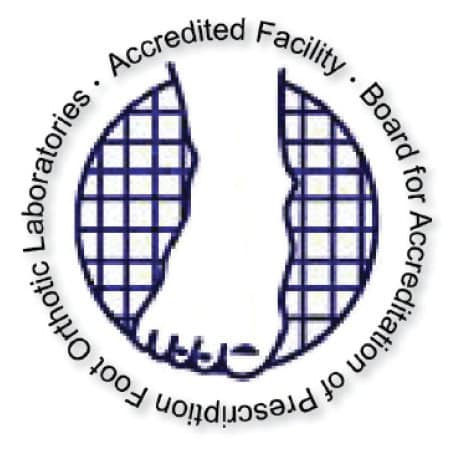Each treatment plan for custom orthotics is unique, because each patient reacts differently and requires corrections specific to their conditions. The efficacy rate is high when the treatment is designed following a biomechanical evaluation. To optimize the effectiveness of the treatment, here are 8 tips to follow.
1. Listen to your doctor (before following these recommendations)
All of these tips are important to promote the effectiveness of the wearing of your orthotics. However, your prescribing doctor will give you several recommendations and tips to follow to optimize your treatment. These recommendations should be followed. Each patient is unique and their condition requires a different treatment plan, and while these tips are generally effective, if your professional advises you against any of the below tips, stick with their advice over ours!
2. Start the treatment with a gradual break-in period
It is recommended to gradually break-in your orthotics. After all, they are intended to correct a disfunction or negative pathology, so “proper” biomechanical alignment may feel abnormal or uncomfortable. Read our full article about the recommended way to break in a pair of custom orthotics.
3. Get involved in the established treatment plan
When your orthotist or professional introduces you to your orthotics and their functions on the biomechanics of your body, ask questions about their manufacture, their composition and the treatment in general that you will follow. By understanding how your orthotics will help you in your daily life, you will understand their importance and the effectiveness of your treatment will be improved.
4. Wear proper shoes
During your assessment appointment or follow-up your practitioner may recommend you bring in one or more pairs of shoes to fit. The orthotics that will be given to you are made according to your foot and the pair of shoes may be used as a guide for the type of design. It is therefore important to select pairs of suitable shoes to support your orthotics.
Discover the types of shoes that are ideal for wearing your orthotics.
5. Perform the exercises that are prescribed to you
Very often, your doctor will prescribe a series of physical exercises and stretches to perform to improve your treatment. These exercises can be aimed at training your posture or working on your ankles or the muscle tone of your feet, and are an essential complement to your orthotics.

6. Wear your orthotics daily
After the break-in period, it is important to wear orthotics daily. To properly treat your condition or to properly adjust your body’s biomechanics, it is important to respect your treatment and wear your orthotics every day.
7. Discuss any changes with your doctor
If you remain uncomfortable when wearing your orthotics even after wearing them gradually, if you notice a change or if you change shoes, it is important to talk about it with your professional. The benefit of custom orthotics is that they can be adjusted to follow the progression of your body’s biomechanics. If discomfort persists even after gradual wearing, adjustments to your orthotics may be necessary.
8. Make an appointment for your annual follow-up
Your orthotics accompany you every day. While high-quality, custom orthotics are designed to be effective and last for years, your condition may evolve and your orthotics may require adjustment to evolve with you. A regularly scheduled appointment is therefore essential to ensure the effectiveness of your orthotics.




